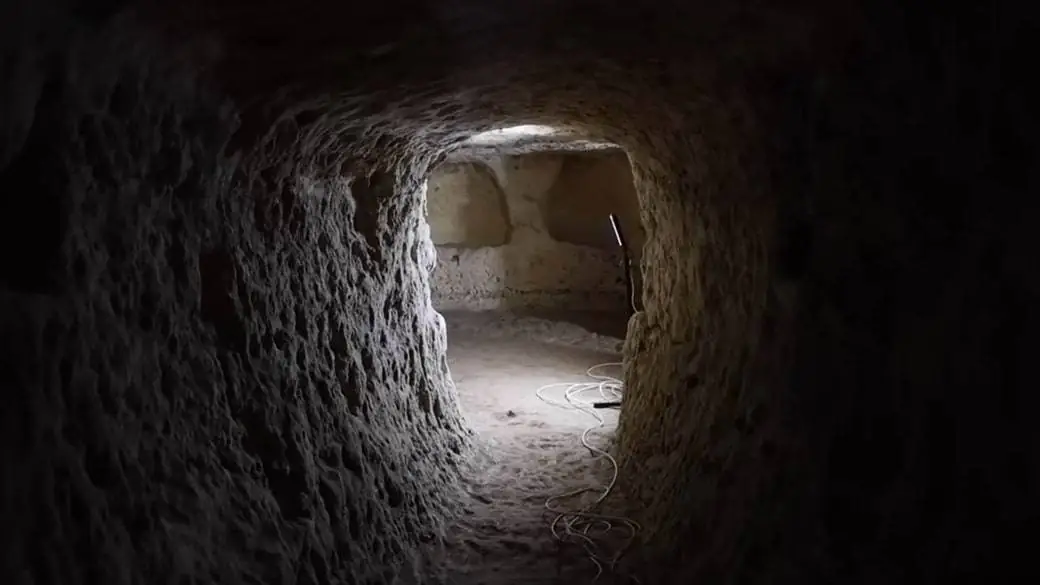With its lakes, waterfalls, and dripstone formations, Akcakale Cave is one of Turkey’s largest caves and a hidden gem amidst Gümüşhane’s natural riches. It’s a mystery world just waiting to be explored.
The cave, which is one of the biggest in Turkey and around the size of 2.5 football fields, was found in 10 within the boundaries of Akçakale District, 1996, minutes from the city center. Since then, it has not been opened to the public due to the risk of rockfall.

Adventurers and lovers of the natural world are impressed by the cave’s unique atmosphere and charm. The interior area of the cave is 18,500 square meters, or the equivalent of 2.5 football fields, with a height difference of 95 meters between its mouth and its deepest portion.
Even though it is said that the cave is in the old age period and contains many interesting formations like stalactites, stalagmites, and cave pearls on the debris pile as well as on the walls and ceiling of the cave, which is rich in dripstone shapes, the cave is deemed dangerous for experts to open to tourism due to the formation of important piles on the floor of the rock blocks collapsed from the ceiling.
The existence of dripstone forms on unidentified rocks is remarkable. Akcakale Cave, which features dripstone formations and a ceiling height of four meters, offers visitors the chance to take in the tranquil symphony of nature while listening to the sound of waterfalls created by water cascading from the roof. The cave is reminiscent of a nature art gallery.
♦ 10 Days Turkey Tour – Multi City
Athletes who had previously taken pictures of the city’s historical and natural attractions and are members of the Gümüşhane Mountaineering, Nature Sports and Youth Association (GÜDAK) captured some special images by capturing the intriguing ambiance of Akçakale Cave.
The athletes immortalized these beauty by reflecting them in the picture frames using the light sources they brought with them, while they marveled at the lakes and waterfalls in the cave, some of which dried up because of the dry autumn season. They also took in the dripstone formations on the ceiling, floor, and wall.

